The experts in boutique travel To Peru and South America
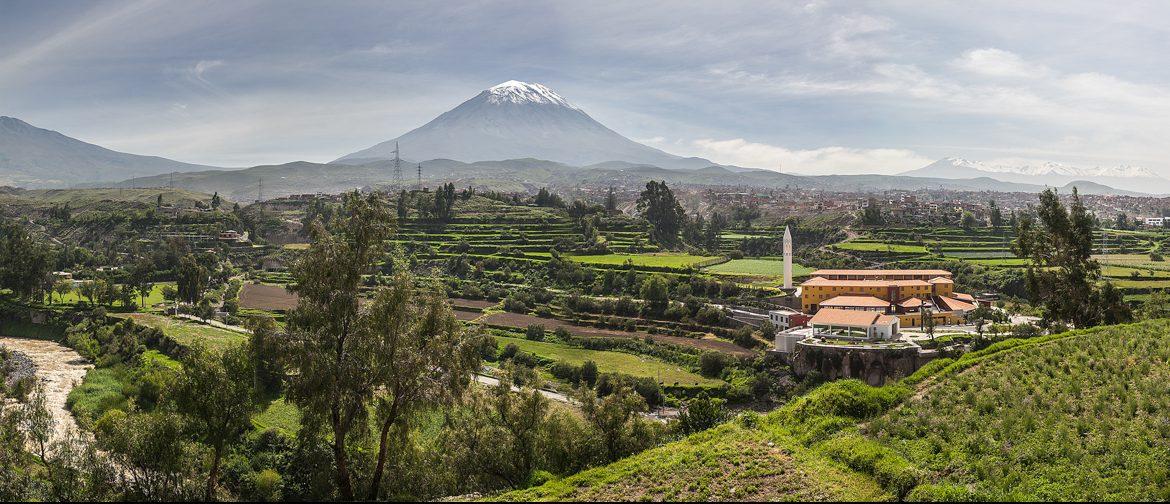
Arequipa is a true traveler’s paradise. Cobblestoned streets, fairytale architecture, and the looming presence of Misti Volcano all make for fantastic photographs. But ask around our office and the one thing we unanimously look forward to when visiting Arequipa is the food.
That’s because some of Peru’s most emblematic dishes hail from Arequipa. Sure, you can eat excellent chupe de camarones or adobo elsewhere in Peru. But to try the freshest, most scintillating versions, the trip to Arequipa is always worth it.
First, some keywords to help first time visitors navigate Arequipa’s food scene.
Arequipa Tours:
This stuffed hot pepper is a mainstay of Peruvian restaurant menus everywhere. Rocoto grows at high altitudes and therefore appears in many dishes across the Andes. In Arequipa, the peppers are first seeded, then boiled or soaked overnight to moderate the heat. Next, the peppers are stuffed with a savory filling, either seasoned beef, chicken, or shrimp, topped with cheese and baked until ready.
Rocoto relleno is commonly served with a side of “pastel de papa,” a type of potato au gratin made with a mixture of milk and cheese. This side dish further balances the heat of the pepper, which can vary depending on the individual pepper. This dish is hearty and certainly addictive.
Traditionally, restaurants in Arequipa prepare a different soup or stew for every day of the week. Friday was the day for chupe de camarones. Lucky for everyone, nowadays this must-try classic of Arequipa cuisine can be found on any day of the week.
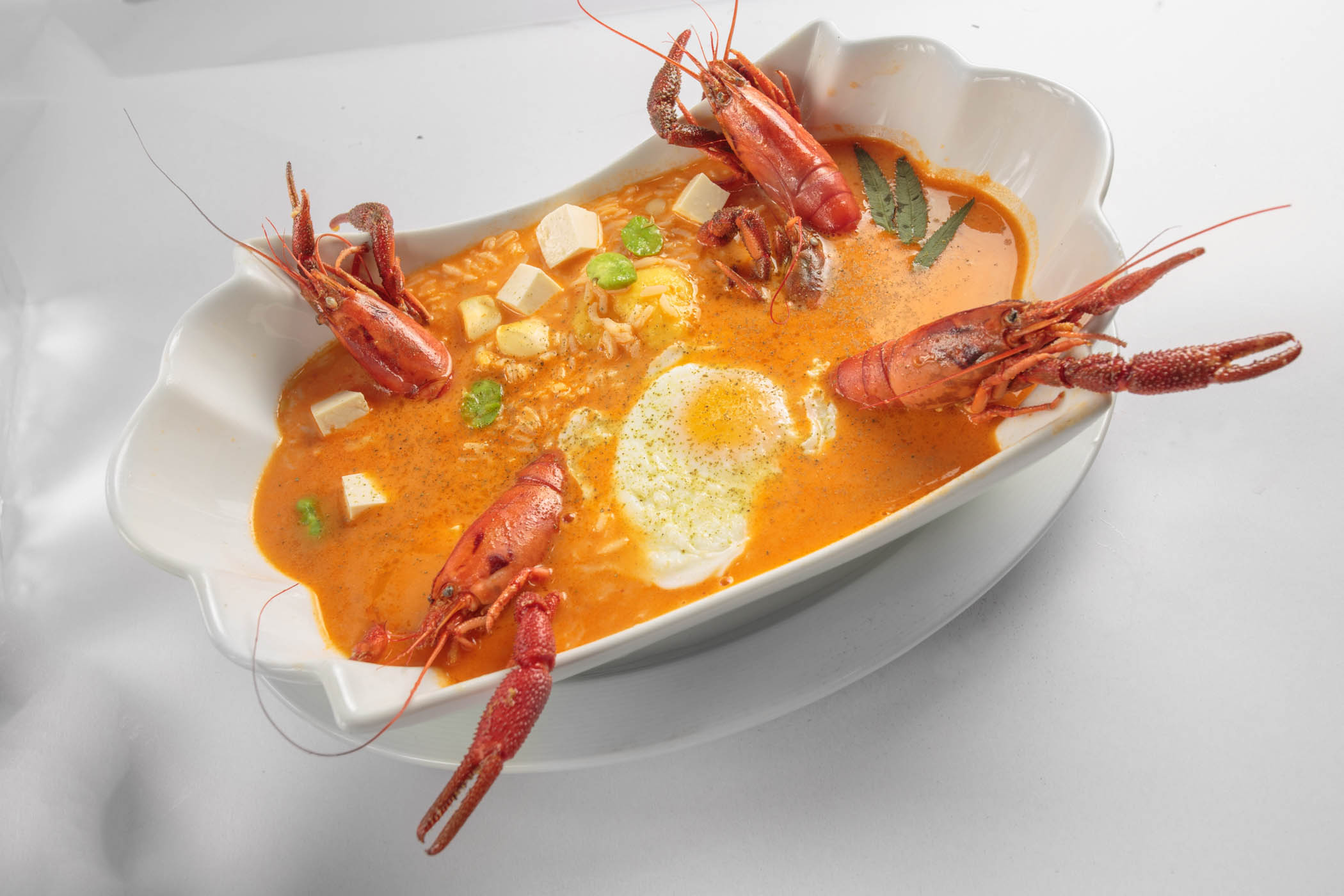
This chowder features river shrimp caught fresh from streams that run from the Colca Valley north of Arequipa down to the Pacific Ocean. Note that the shrimp are served whole — that means head and shell on — which is how Arequipa locals prefer them. It’s a bit like a crawfish boil — hands-on. Other ingredients include cream, fresh cheese, fava beans, and potatoes or yucca. Some also add an ear of corn.
If you are a fan of pork and in town on a weekend, be sure to order adobo de chancho, a pork stew that locals will tell you has a history as old as the foundation of Arequipa. Traditionally prepared and eaten on Sunday mornings, an early morning bowl of pork adobo is the preferred way to cap off a weekend night spent in celebration. In other words, this is hangover food.
Picantería cooks around Arequipa begin their work well before dawn. Pork chops, red ají paste, onion, garlic, dry and fresh herbs, chicha de jora (fermented corn beer with pre-Columbian origins) are tossed into a clay pot and slow-cooked over a wood fire until tender. The dish is served with white rice or a special bread known as “pan de tres puntas.”
A tasty option for vegetarians, solterito de queso is a delicious salad that can be served as an appetizer or a main. (“Soltero” literally means bachelor and the salad’s name may derive from the fact that it’s easy to prepare.)

Photo courtesy of Sol de Mayo.
The solterito features boiled fava beans, giant corn kernels (choclo), fresh cheese, tomatoes, onions, black olives and other veggies depending on the cook’s recipe, all tossed with vinegar, olive oil, salt, and pepper. Packed with flavor, this salad is surprisingly filling.
There’s always room for dessert. If you are intrigued/icked out by the thought of cheese ice cream, you will be sad/happy to learn that cheese is not an ingredient in “queso helado.” It’s made with three types of milk (fresh, evaporated, and condensed), egg yolks, and sugar, flavored with grated coconut, cinnamon sticks, and cloves. Note that queso helado is sold by street vendors, but you can also find it in restaurants.
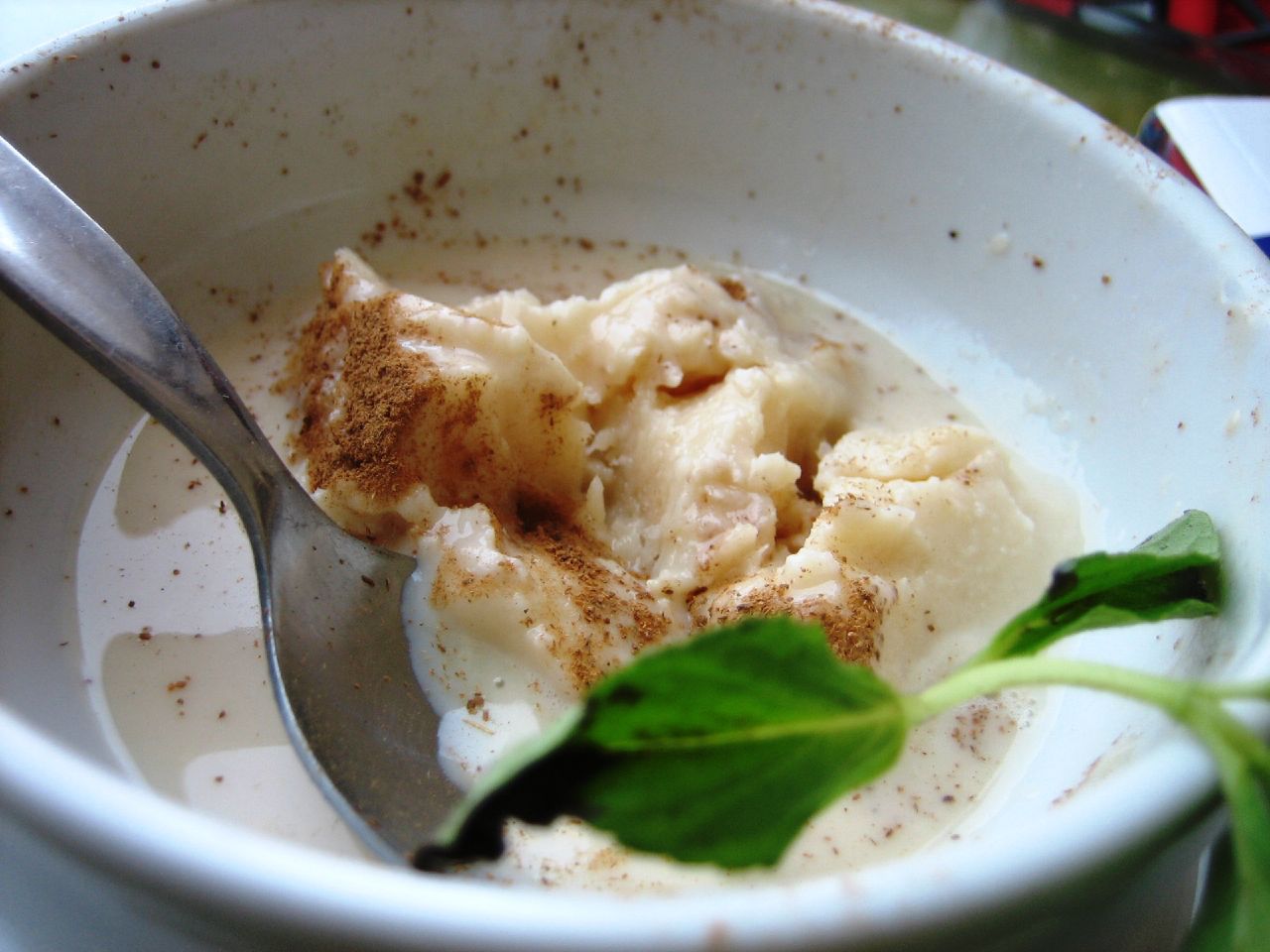
So where does the name come from? Some say that the ice cream used to be served in slices that looked like cheese. Others say that “queso” was the name given to any milk-based product. But all who try queso helado unanimously agree that the frosty confection is a can’t-miss of any trip to Arequipa.
Stay tuned for Part 2, which explains where to eat in Arequipa.

Anabel is Incas Expert’s nomadic wordsmith. After 5 years on the road, she's developed a knack for making impromptu workplaces out of cozy cafes across South America. When not writing, she's probably out searching for the best food, coffee, and bookstores in town.
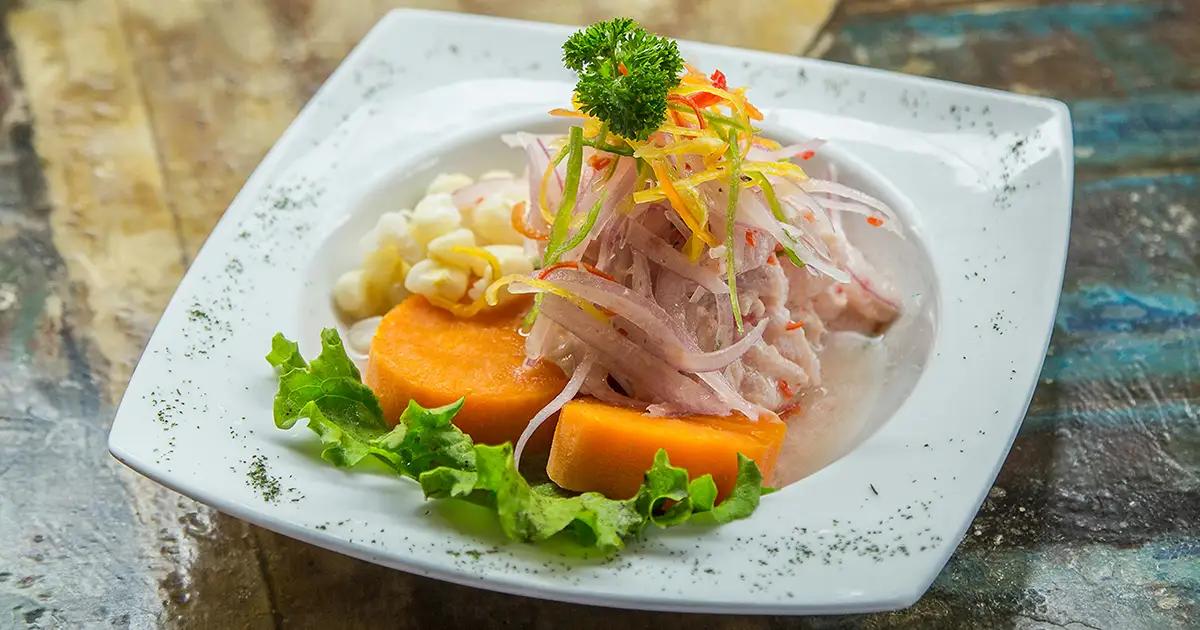
Peru's culinary scene hosts rich flavors and a fusion of indigenous ingredients and international influences, with each region offering its own delicious specialties. Peru's diverse gastronomy promises an unforgettable culinary adventure.
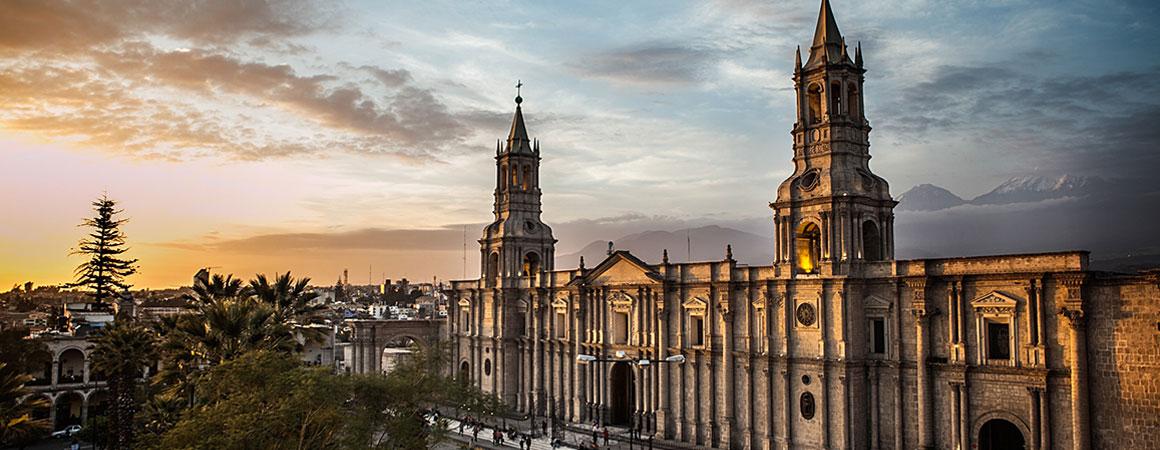
Where to find the perfect meal in Arequipa? That’s the topic of this week’s post.